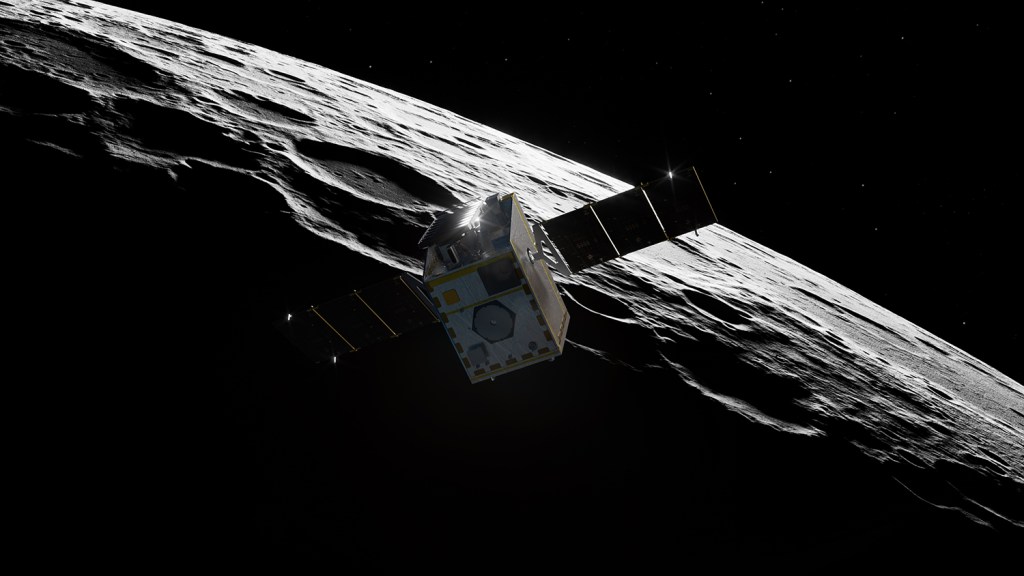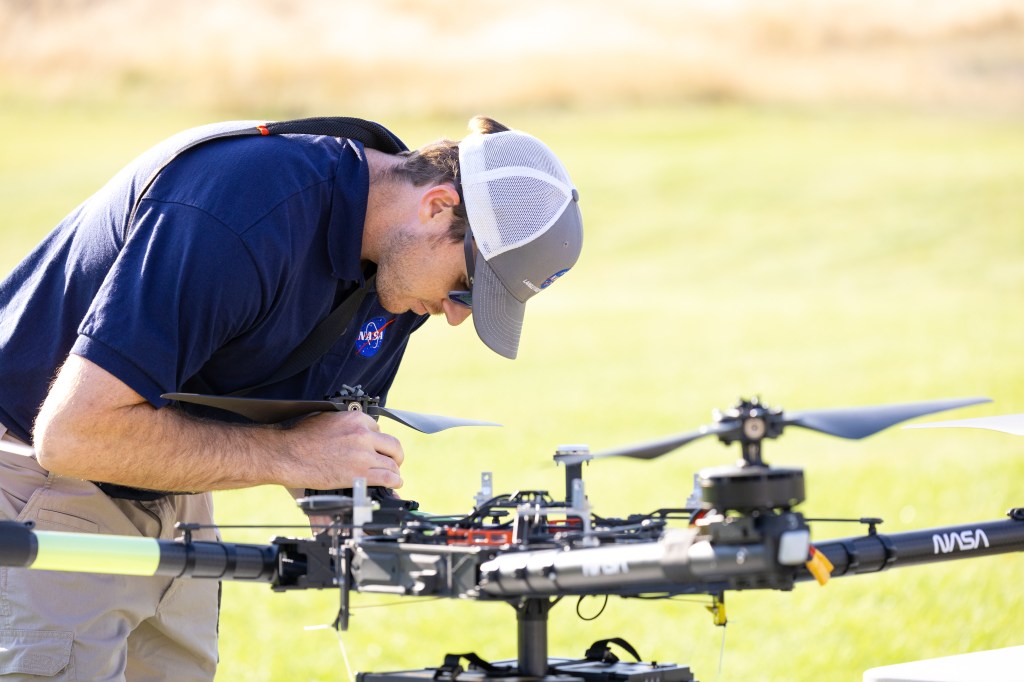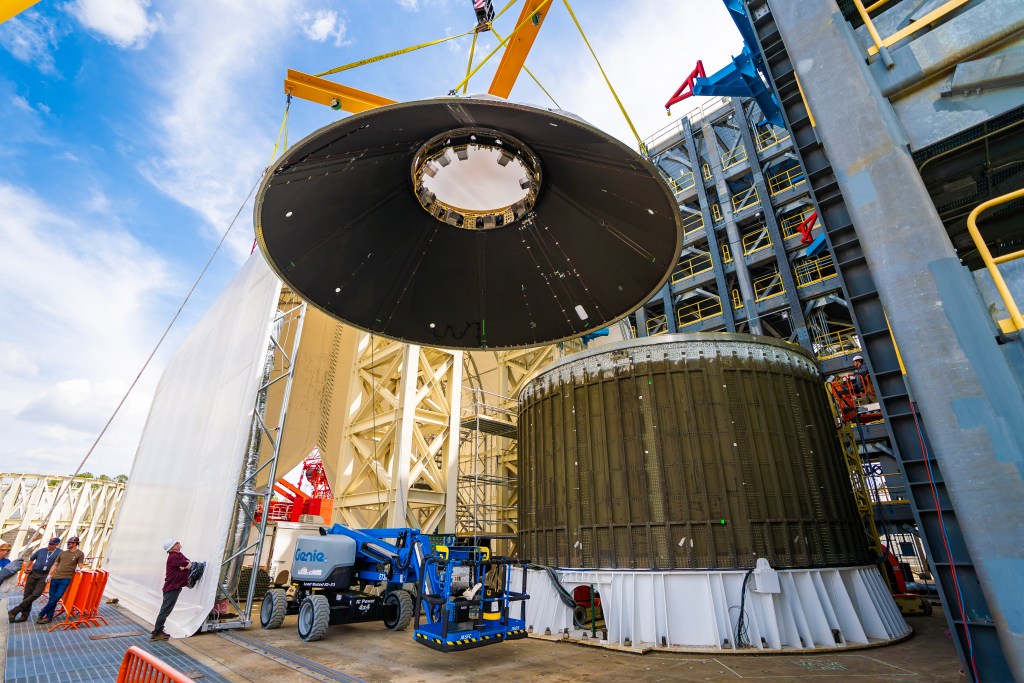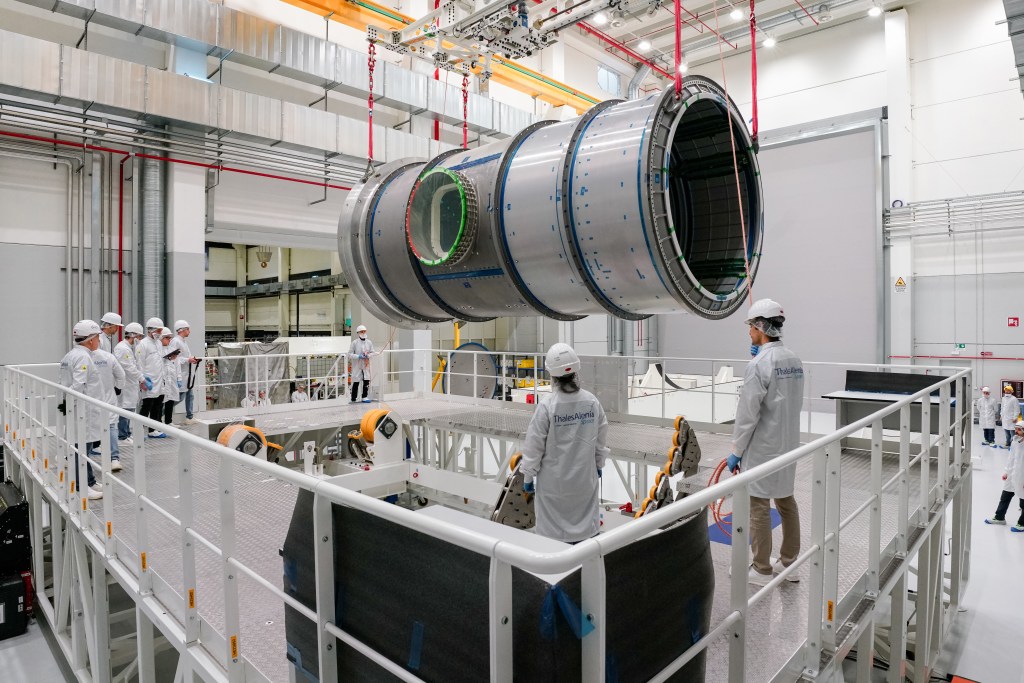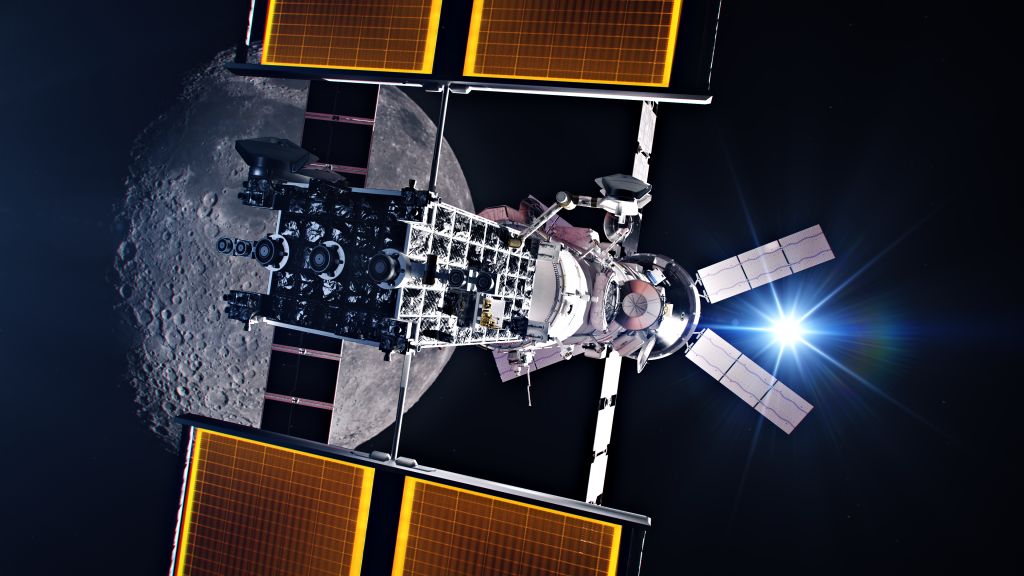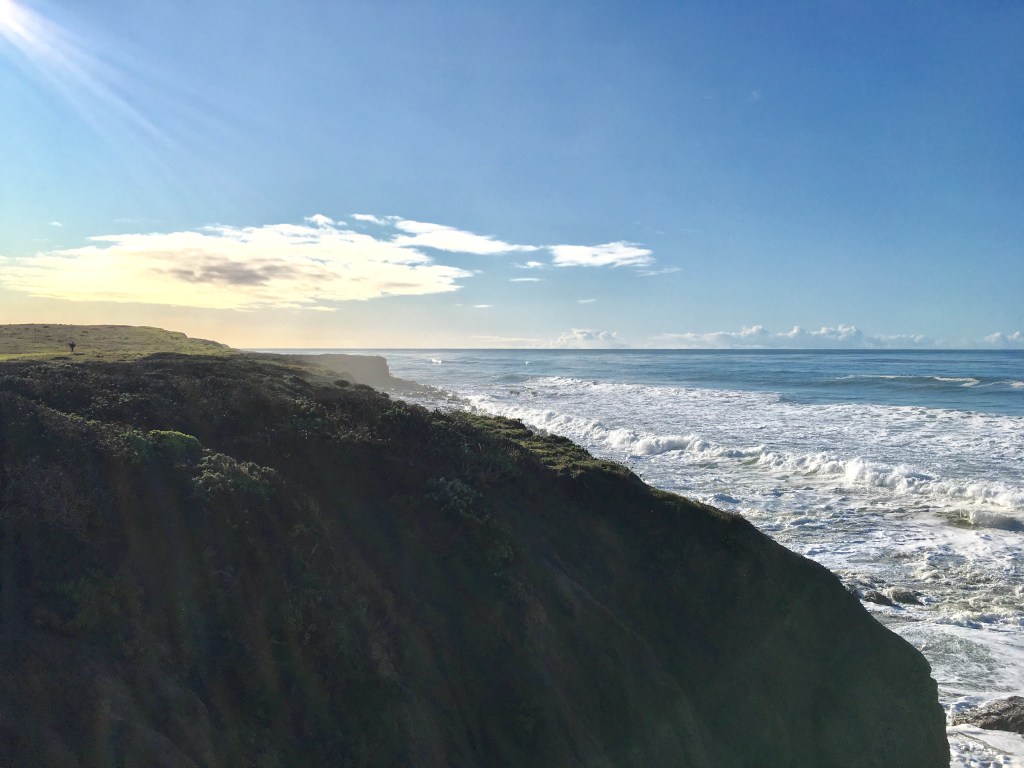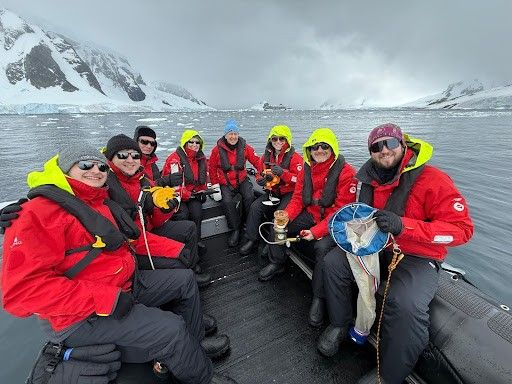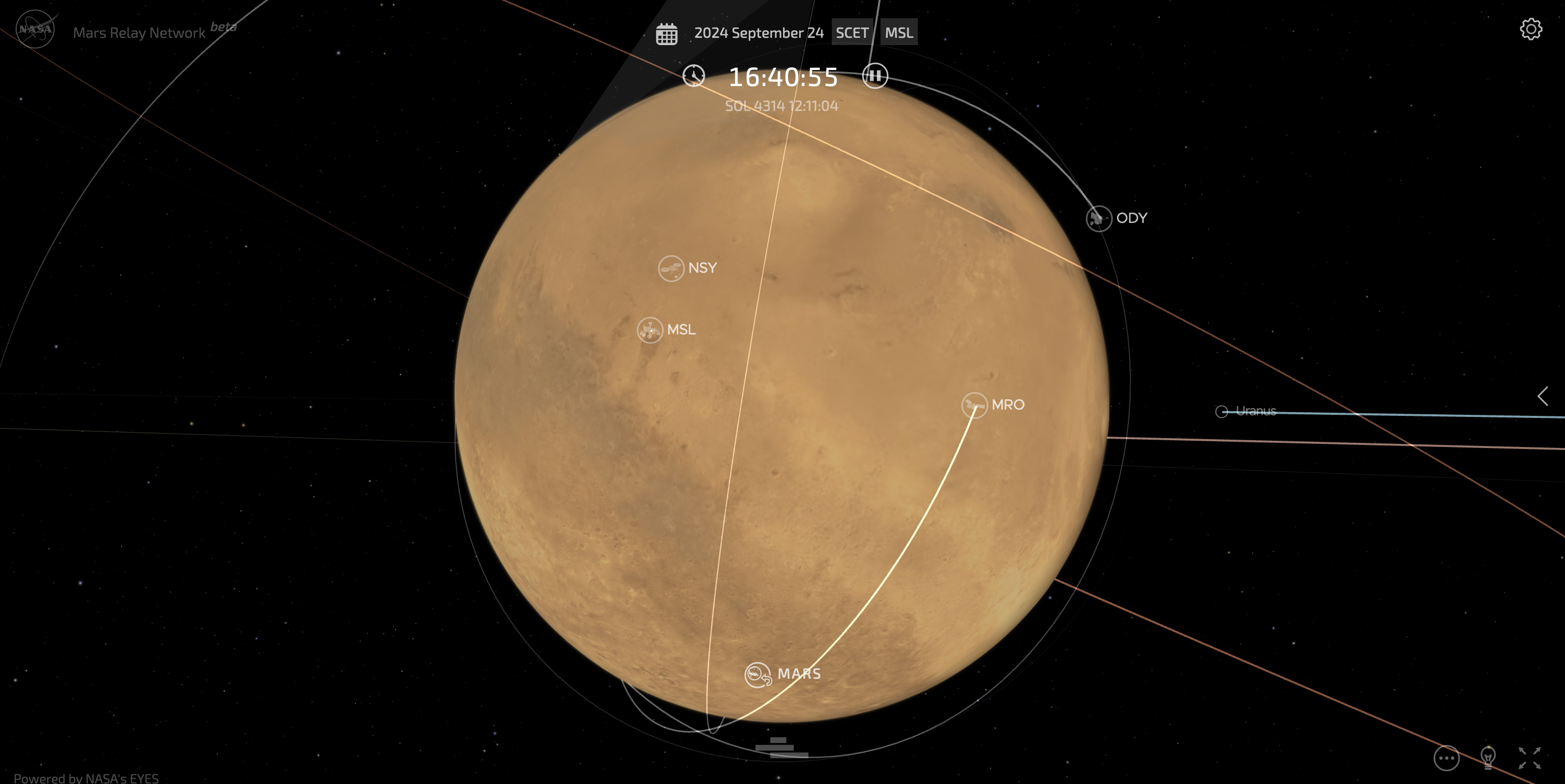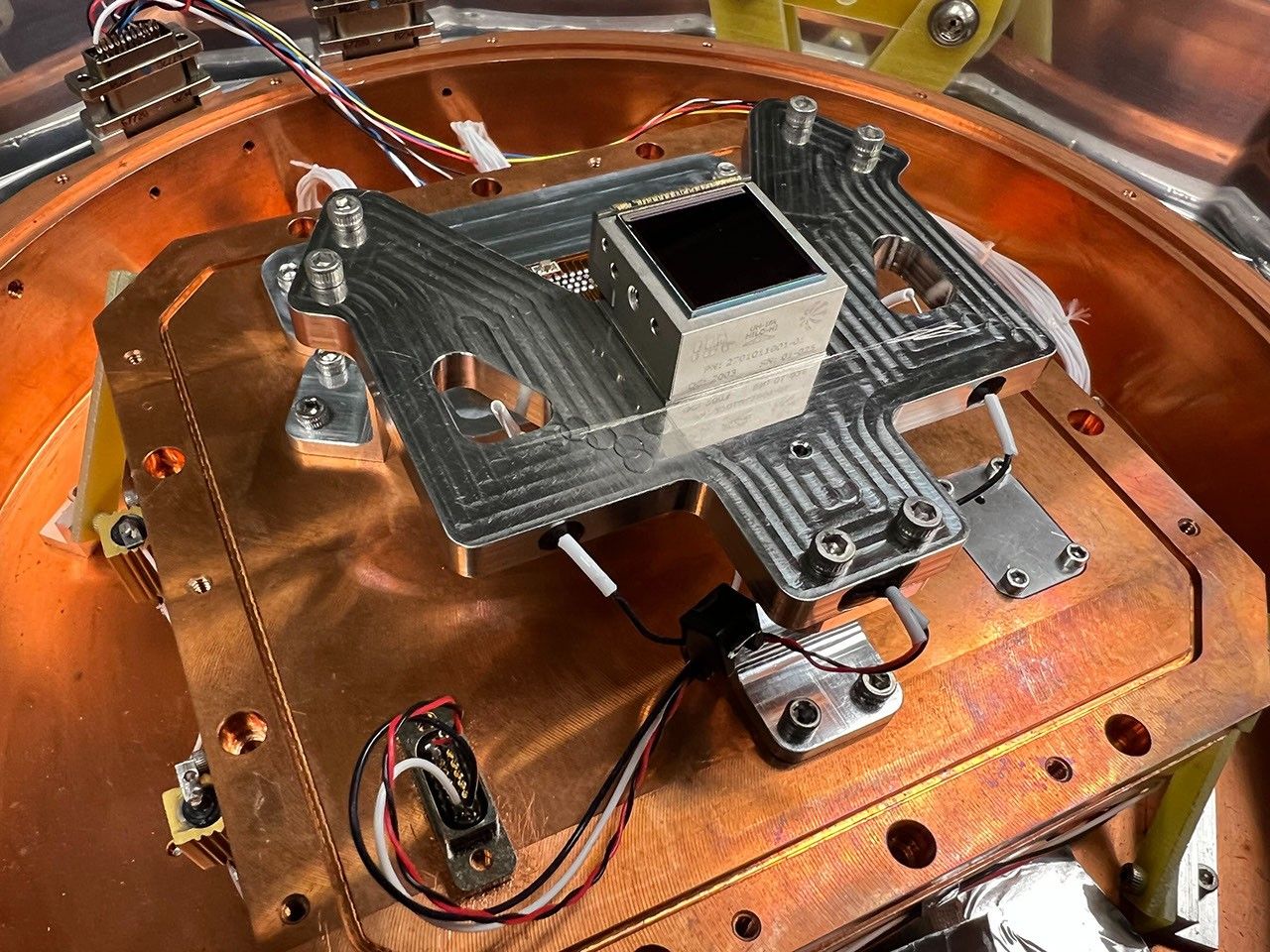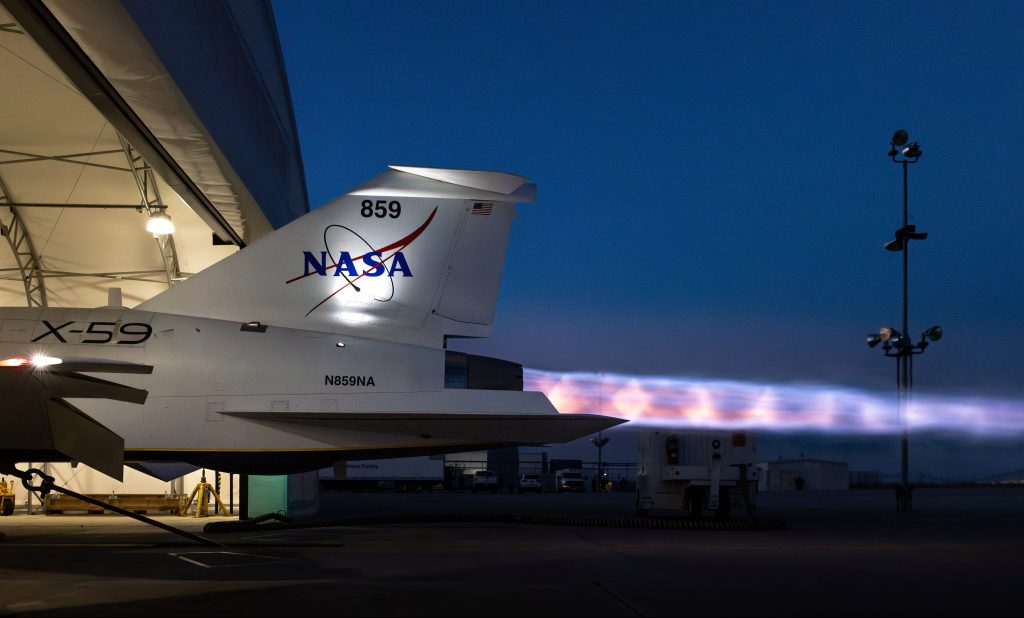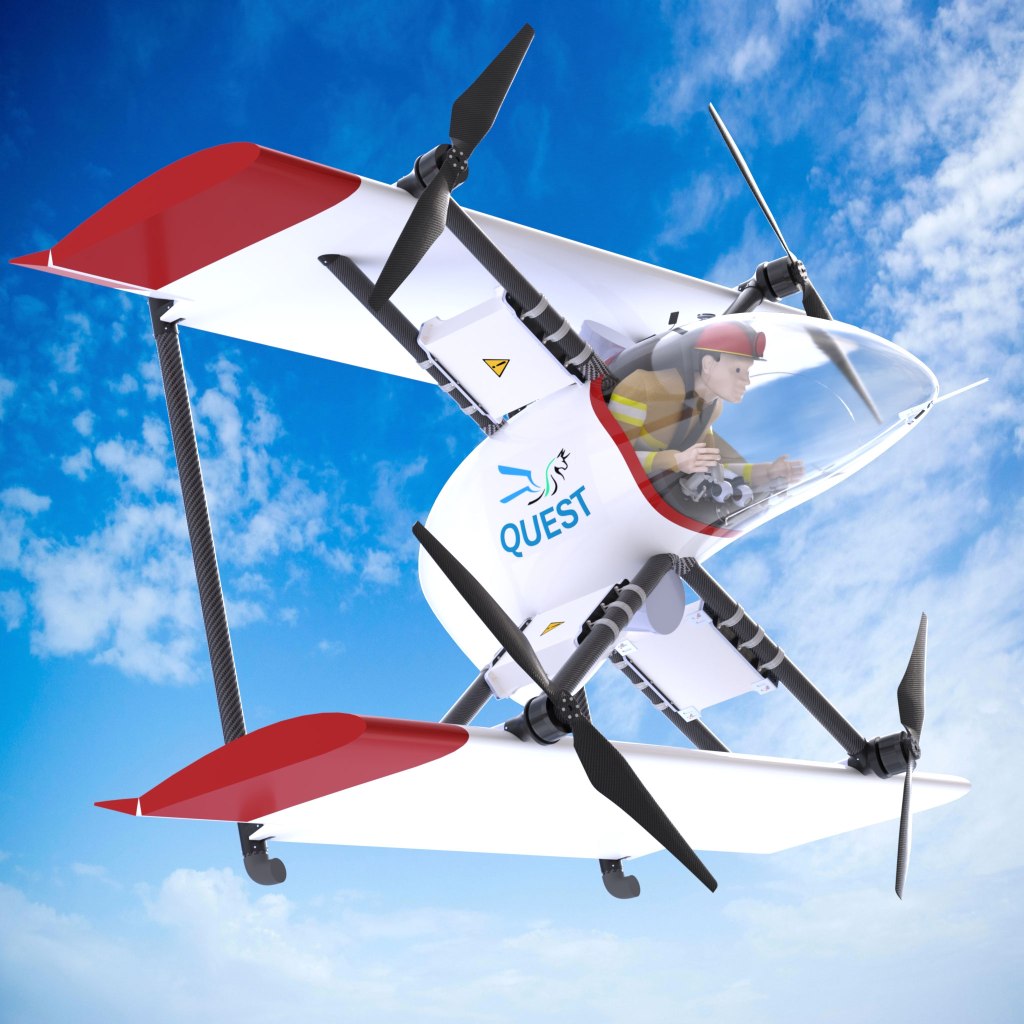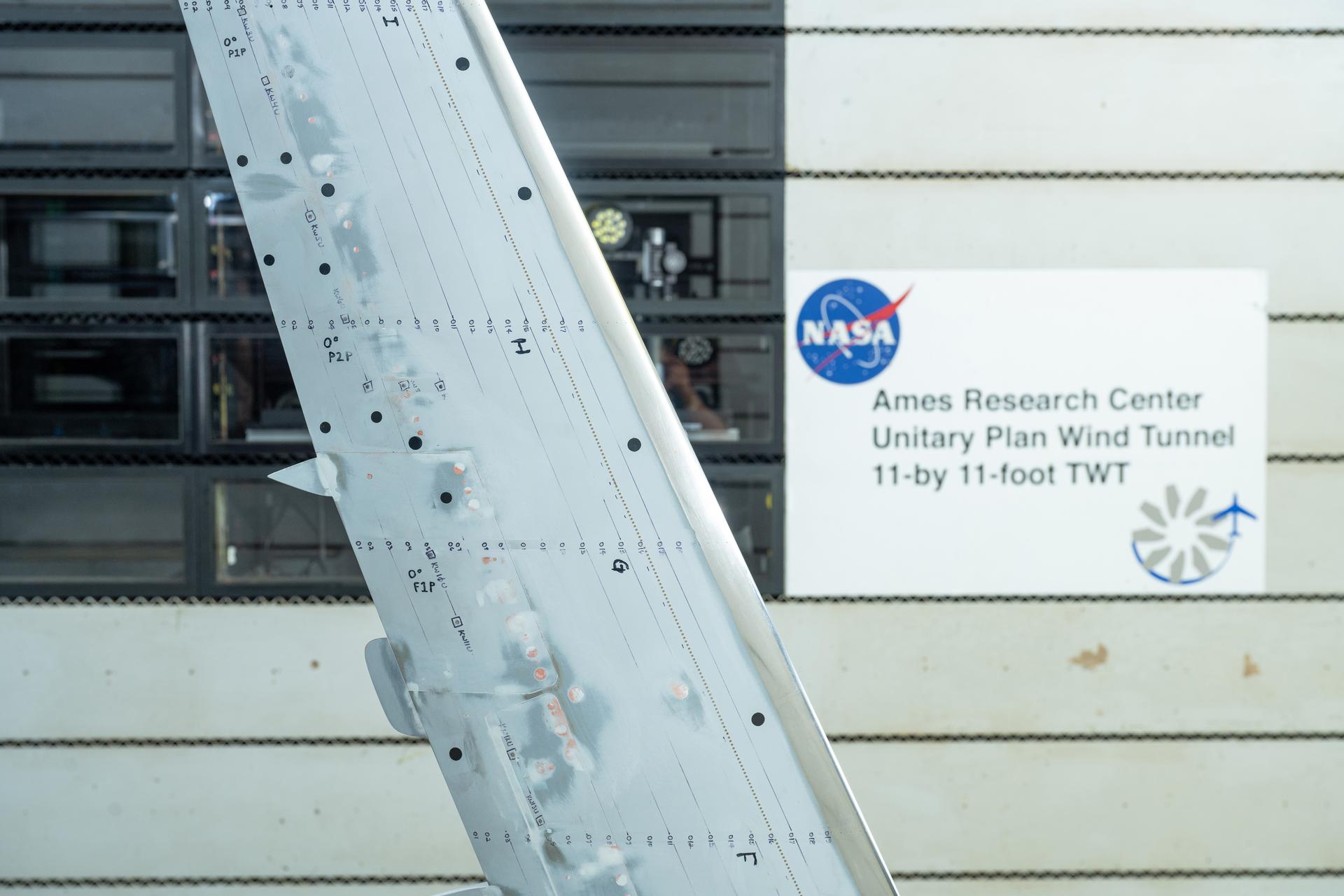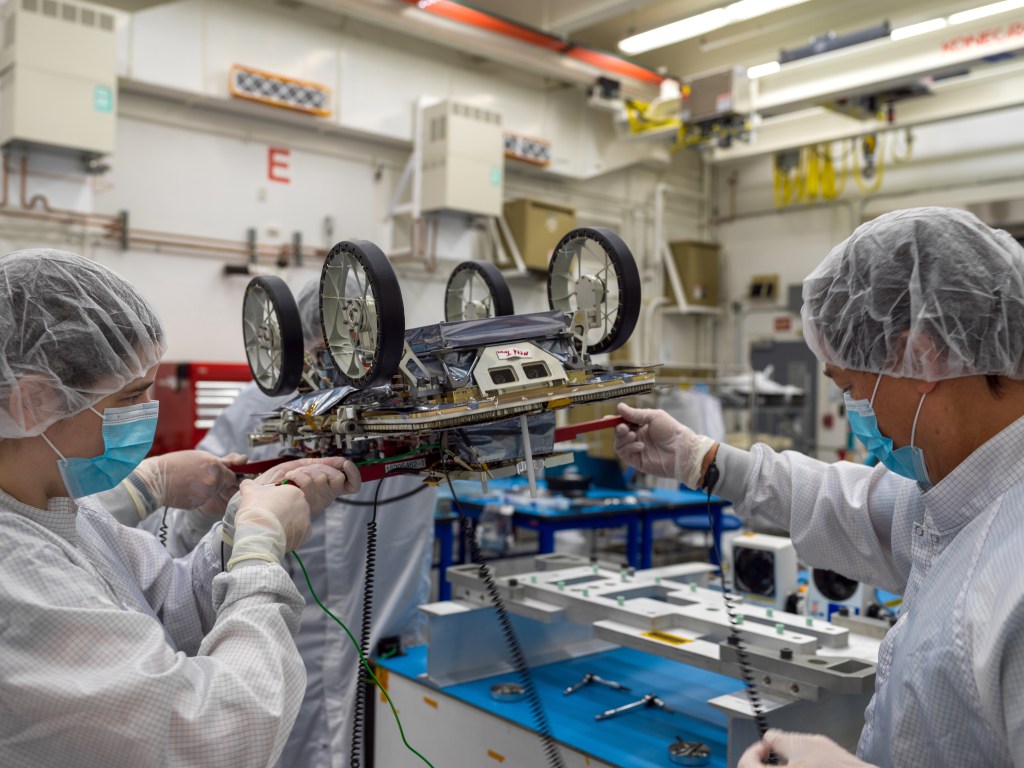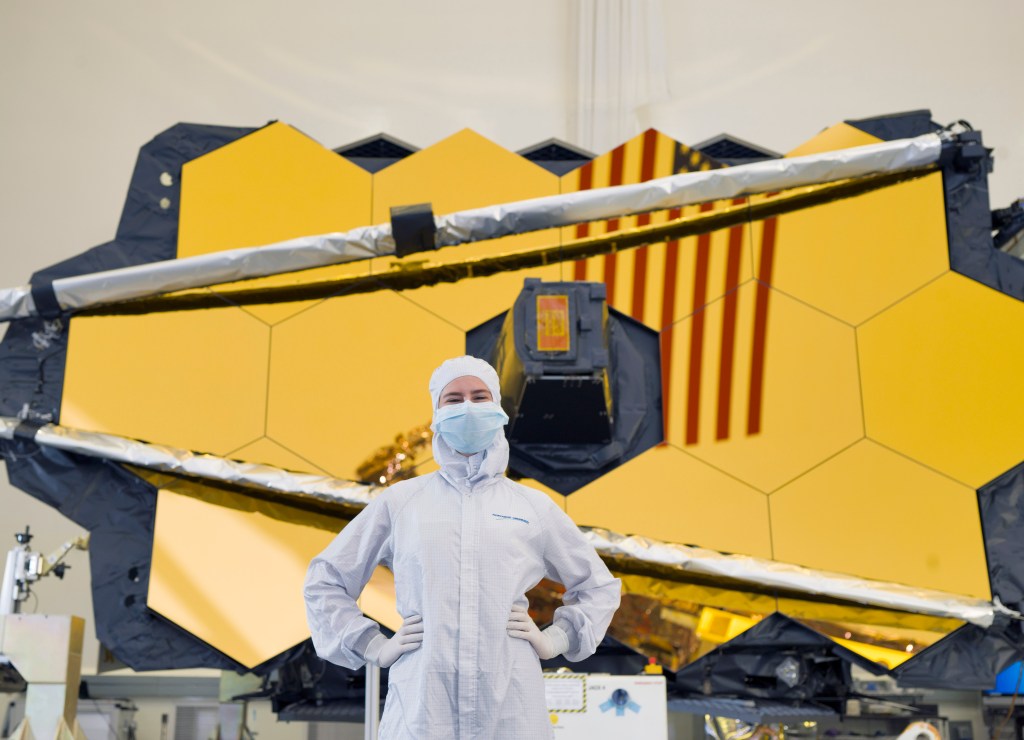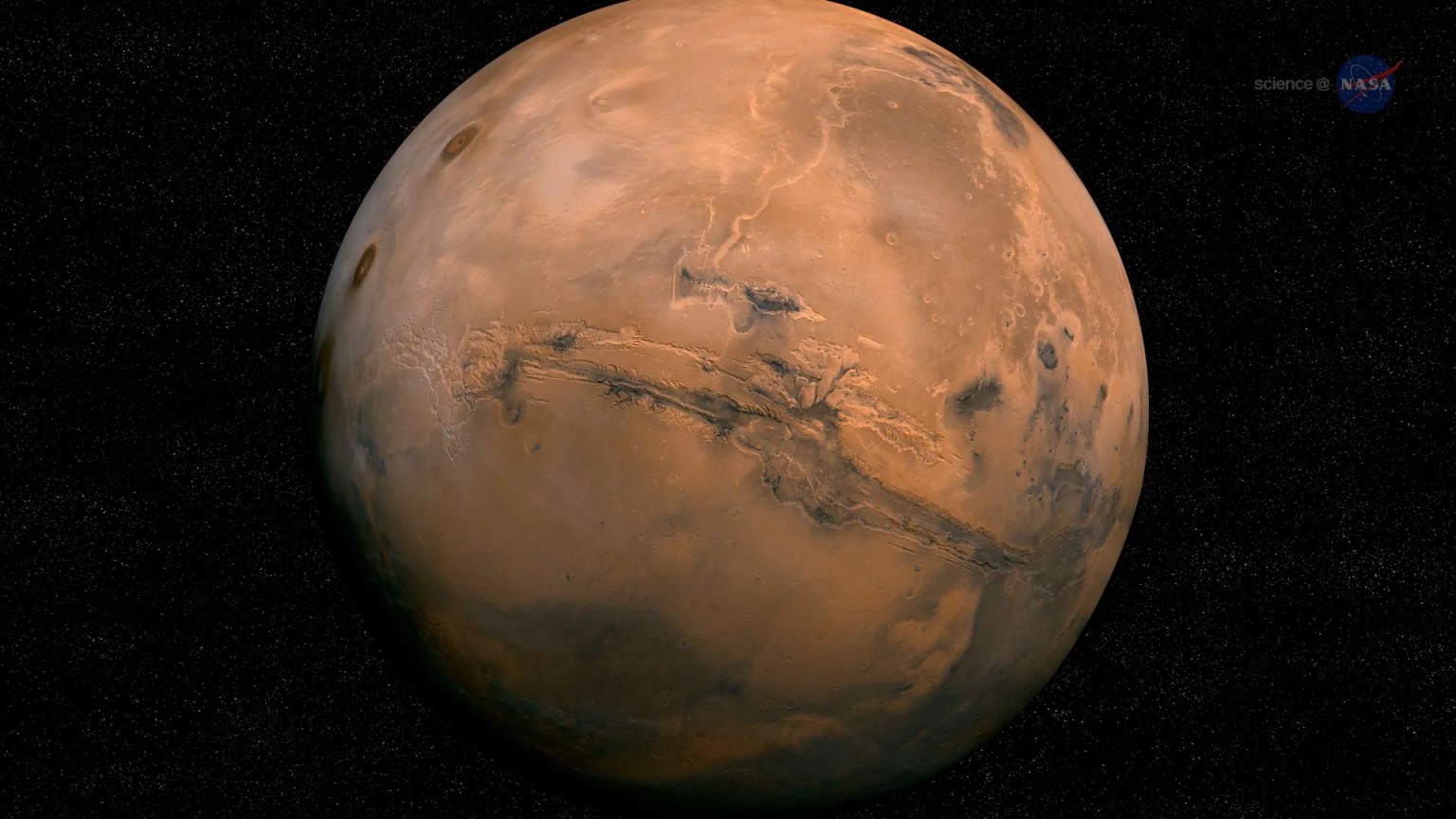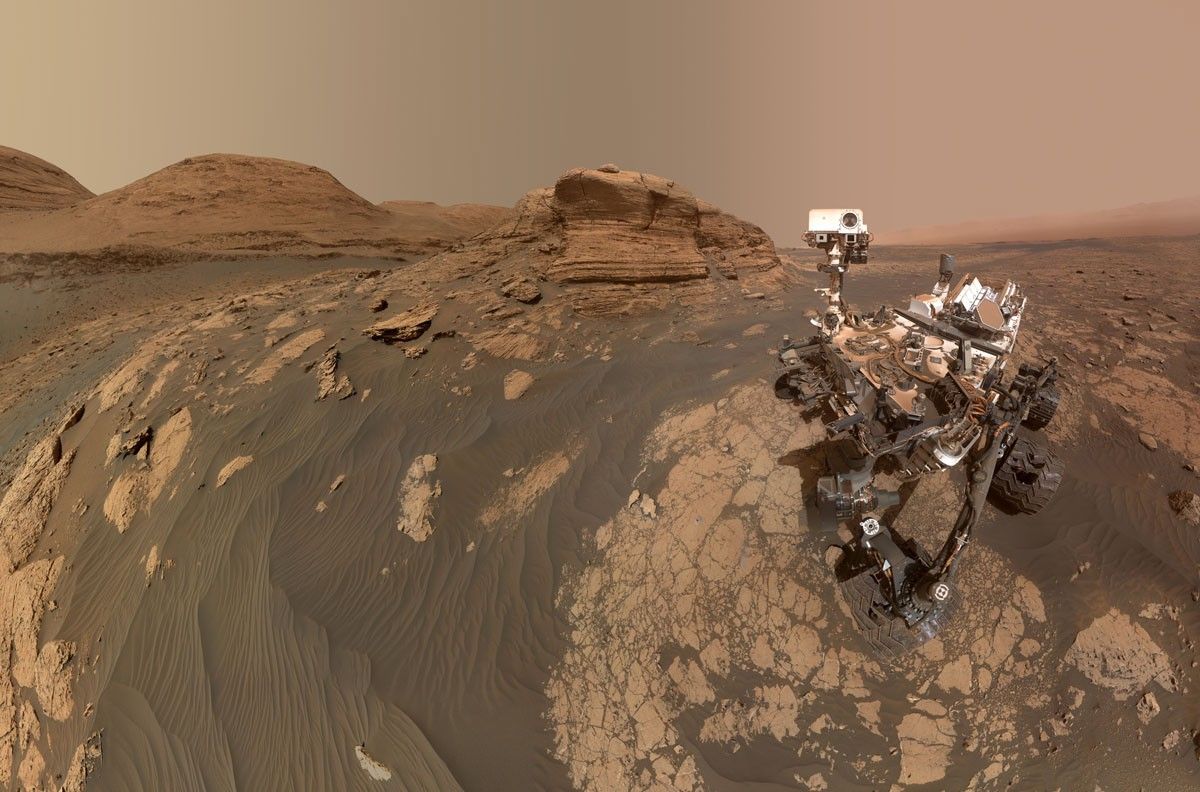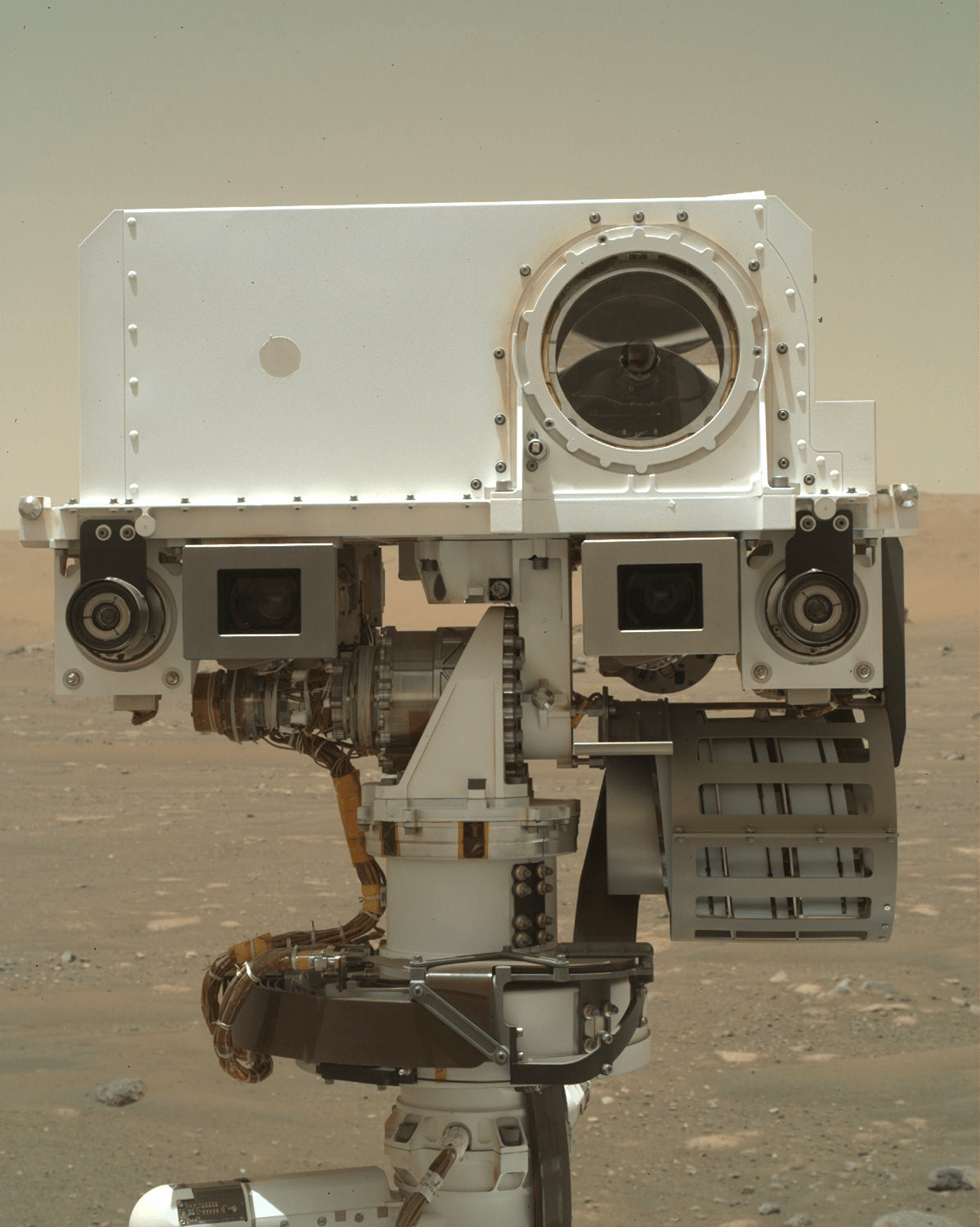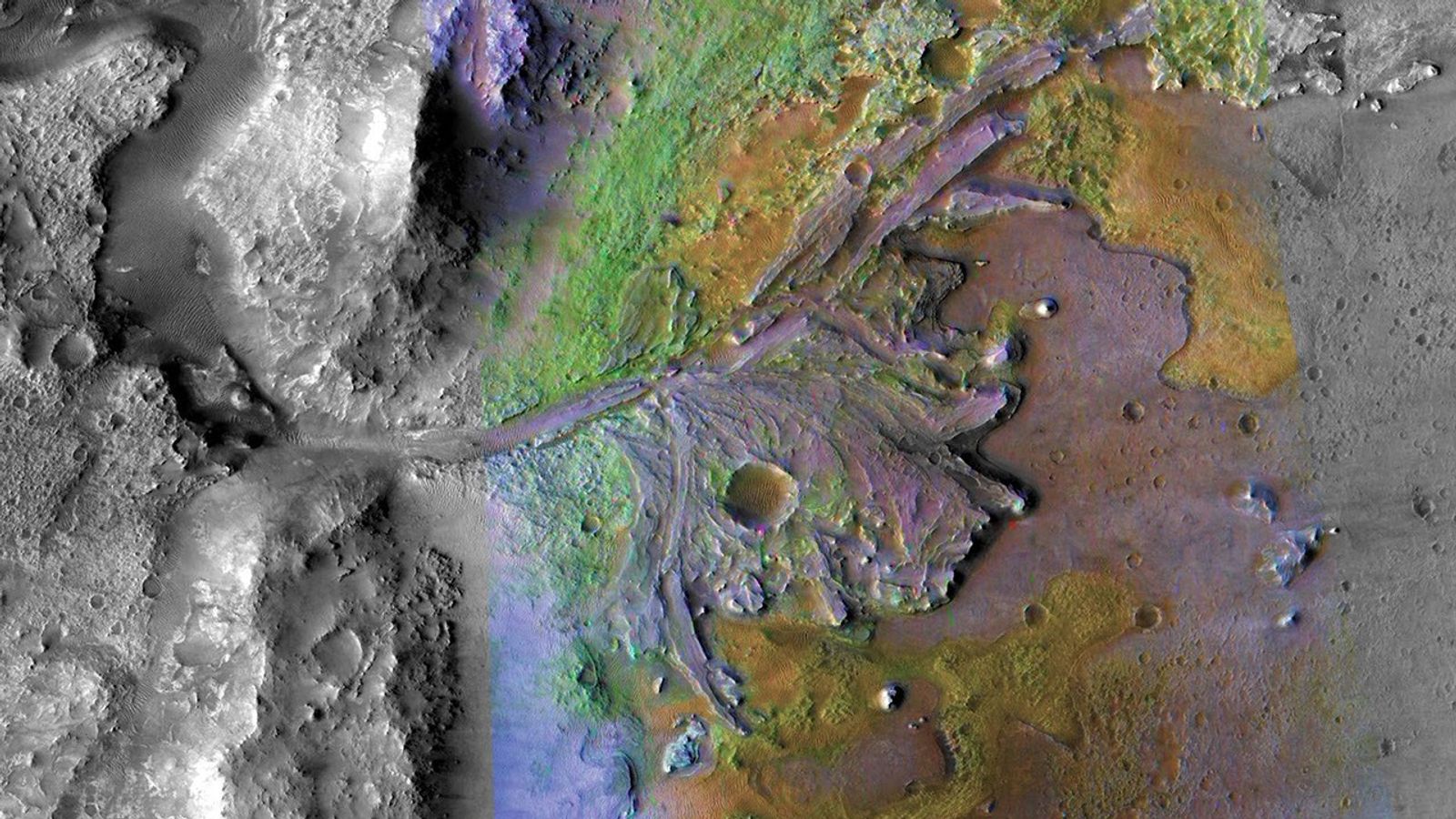Have you ever wondered how a coring bit grabs and holds onto a rock core? As we drill, the bit teeth cut a 27mm diameter circle in the rock and leave the 13mm diameter center intact.
Have you ever wondered how a coring bit grabs and holds onto a rock core?
As we drill, the bit teeth cut a 27mm diameter circle in the rock and leave the 13mm diameter center intact. As we dig deeper, that cylinder of rock is fed into the sample tube that was loaded inside the bit. When the drill reaches its target depth, typically 66mm, the core is fully inside the sample tube but may still be attached to the rock at the very bottom. We need to:
- Snap the core off from the rock.
- Prevent the core from falling out of the bit as we retract from the hole.
We complete both tasks with a design called an eccentric sample tube. It came from a NASA Small Business Innovation Research project with Honeybee Robotics.
It works like this: the coring bit walls have a wide side and a narrow side, and the sample tube walls have a wide side and a narrow side. If you line up the wide side of the bit with the narrow side of the sample tube, the hole in the sample tube will be centered and line up with the hole in the front of the bit. We call this “open”. However, if you rotate the bit 180 degrees to line up the wide side of the bit with the wide side of the sample tube, it moves the hole in the sample tube out of the center and over to one side. That means it won’t line up with the hole in the front of the bit. We call this “closed”.
The drill has a mechanism that can hold the sample tube in place while the bit rotates around it. This lets us switch between open and closed. We drill in the open position so the rock core can easily move into the tube. At the bottom of the coring hole, right before we retract, we change to closed.
If the core is still attached to the rock at that point, the act of closing will make the tube push on the core from one direction and the bit push on the core from the other direction. That combination of forces will break the core off of the rock. The core will then be fully inside the tube and bit, leaving behind just a short stump attached to the bottom of the hole. The overlap between the bit and tube then serves its second function - it acts as a little ledge that holds the core inside the sample tube while the bit retracts from the hole.
It is possible for small pieces of core to fall through the hole between the bit and tube when they are in the closed position. However, most cores we create are made of large pieces that are easy to retain.
Written by Iona (Brockie) Tirona, Sampling Engineer at NASA's Jet Propulsion Laboratory

